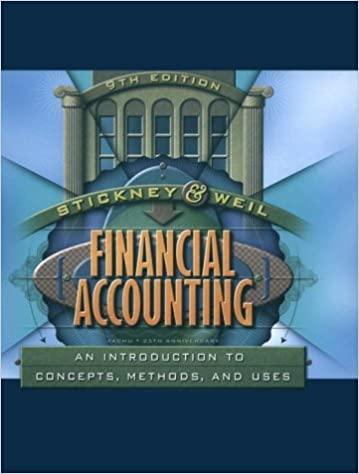Question
Required: 1. What are general reasons for allocating the costs of services within an organization? List 4 and BRIEFLY mention why each is important 2.
Required: 1. What are general reasons for allocating the costs of services within an organization? List 4 and BRIEFLY mention why each is important 2. Assume that, prior to the start of the year, we need to determine the predetermined overhead application rates for Assembly and Finishing for the upcoming year; that is, we are doing product costing. The following budgeted information is available: Using the Direct Method: a) Whats the charge rate going to be for both General Factory and Receiving functions? b) Allocate the costs of the General Factory and Receiving to the production departments. c) Determine the predetermined overhead-application rates that the Assembly and Finishing department will use for product costing during the year. Round any intermediate calculations to 4 decimal places and use those rounded numbers in subsequent computations. Round your final departmental allocations to the nearest dollar. Using the Step (or Sequential) Method: a) Whats the charge rate going to be for both General Factory and Receiving functions? b) Allocate the costs of the General Factory and Receiving to the production departments. c) to determine the overhead-application rates that the Assembly and Finishing department will use for product costing during the year. Round any intermediate calculations to 4 decimal places and use those rounded numbers in subsequent computations. Round your final departmental allocations to the nearest dollar. END OF YEAR NOW ASSUME that the year is completed, the company decided to use the Direct Method, and management is in the process of evaluating the performance of the Assembly and Finishing departments. Since these two departments are cost centers, they are evaluated strictly on the basis of how well they controlled costs during the year. Managerial bonuses are based in part, on these figures. As things turned out, as expected, the actual costs of the support departments were different than originally budgeted. Turns out that the people in the receiving department were very inefficient in their operations and, although we anticipated that the departmental costs would be about $160,000, they were in fact MUCH higher, $200,000. This was caused mainly by extravagant spending and inefficiency. Also, as it turned out, the Finishing Department had redesigned their department and, accordingly, only utilized an average of 5,000 square feet of floor space during the year. In addition, as expected, the number of receivers was different than originally budgeted for both production departments Direct overhead traceable to individual departments also was different than expected, as did the number of direct labor hours. General Factory Receiving Assembly Finishing Direct overhead 400,000$ 160,000$ 43,000$ 74,000$ Square footage 2,700 5,400 5,400 Number of receiving orders 300 1,680 1,020 Direct labor hours 25,000 40,000 Support Departments Producing Departments
The following ACTUAL results were achieved: Using the direct method only, answer the following: 3. You have been asked to assist in the evaluation of the cost control for the Assembly and Finishing Departments. For this purpose, how much support department cost should be allocated to (charged to) the Assembly and Finishing Departments for the year? HINT: How much SHOULD each of these departments be accountable for? 4. Was there any difference between the amount of costs actually incurred by the support departments and the amounts that you allocated to Assembly and Finishing? Does this sound right? Explain why this is so. 5. How much overhead was applied in both departments during the year? 6. Was overhead under- or over-applied? By how much? General Factory Receiving Assembly Finishing Direct overhead 420,000$ 200,000$ 45,000$ 72,000$ Square footage 2,700 5,400 5,000 Number of receiving orders 300 1,700 850 Direct labor hours 24,000 41,000 Support Departments Producing Departments ACTUAL COSTS FOR THE YEARThe following ACTUAL results were achieved:
Step by Step Solution
There are 3 Steps involved in it
Step: 1

Get Instant Access to Expert-Tailored Solutions
See step-by-step solutions with expert insights and AI powered tools for academic success
Step: 2

Step: 3

Ace Your Homework with AI
Get the answers you need in no time with our AI-driven, step-by-step assistance
Get Started


